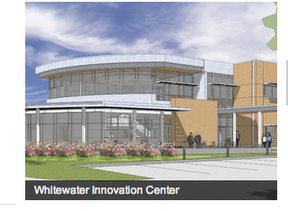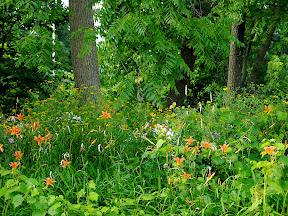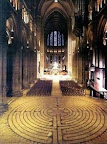The first part of this topic appears separately, in the preceding post. In this post, I will consider more of Whitewater City Manager Brunner’s published remarks, from a February 8th story entitled, “Whitewater Tech Park advances; panels to study second building.”
A Unique Design. Here’s Brunner, remarking on the building’s supposedly unique character:
“We are excited about the building, too, because it will be unique in design and meeting environmental standards of the LEED program.”
Here Brunner exaggerates, shamelessly. The Innovation Center will be an office building in a city of many such buildings, in a country that has — wait for it — millions of buildings. (For national statistics on commercial office space, see the 2010 Statistical Abstract: Commercial Buildings, from the Census Bureau.)
As long ago as 2003, America had over four million office buildings! Four million, six-hundred sixty-five thousand, actually! Odds that this one’s unique in design: a good portion of four million to one.
There’s no reason to pretend that we’re building Châtres, but that’s Brunner’s (all-too-common) inclination.
Even as early as 2003, using the federal data to which I have linked above, hundreds of thousands of office buildings in America were about the same size as the planned Innovation Center. That’s not unique, that’s commonplace.
What of the unique design that Brunner trumpets? In neither aesthetics nor in so-called respect for the environment does this forty-thousand square foot building deserve praise.
Looking at an artist’s illustration of the building, it’s not different in appearance from countless other modern office buildings, and less impressive than many.

The Innovation Center won’t even be the largest building in Whitewater. The recently completed Hyland Hall, at 180,000 square feet, will remain over four times as large:
At 180,000 square feet, Hyland Hall is more than twice the size of the former business building and boasts 50 percent more classroom space. It includes 34 flat and tiered classrooms, three computer labs, two 150-seat lecture halls, one seminar room and four student project rooms.
Even if one finds anything of the Innovation Center’s design exceptional or unique, one should keep in mind that it’s that way through public money, not private initiative.
Environmental impact. What of the sustainability & environmental regard to which Brunner makes mention? I support private initiatives such as the Nature Conservancy, because I believe in the conservation of natural resources. One should be skeptical, though, of claims for how ‘green’ something is. Those who care about the environment should not be deceived by a possible Leadership in Energy and Environmental Design (LEED) designation for the Innovation Center.
That’s because constructing an office building like this is so destructive to the environment, that pretending the LEED designation mitigates the harm is like contending that band aids and aspirin mitigate for the loss of a limb.
LEED certification doesn’t mean buildings don’t cause significant environmental stress. They do. An assessment from the National Trust for Historical Preservation, entitled “Sustainability by the Numbers,” found that it “takes a lot of energy to construct a building – for example, building a 50,000 square foot commercial building requires the same amount of energy needed to drive a car 20,000 miles a year for 730 years.”
That’s for a building not much bigger than the planned Innovation Center.
I would surely favor reduced regulation and taxation to spur private construction of homes and offices. I think that, on balance, it’s good for society. I’m not simple-minded enough, though, to pretend that offices can be made good for the environment. They can’t. Constructing an office building will always be an environmentally destructive act, and is about as far from green as one can get. I’m realistic about the choices.
Let me help Whitewater’s city manager and his ilk see the difference between office buildings and green living. Let’s look at two pictures. On top is a photo of plants and flowers from Whitewater, and on the bottom is an artist’s illustration of the Innovation Center:

The one on top is ‘green,’ and the one on the bottom is ‘brown.’
My pleasure, I’m sure.

